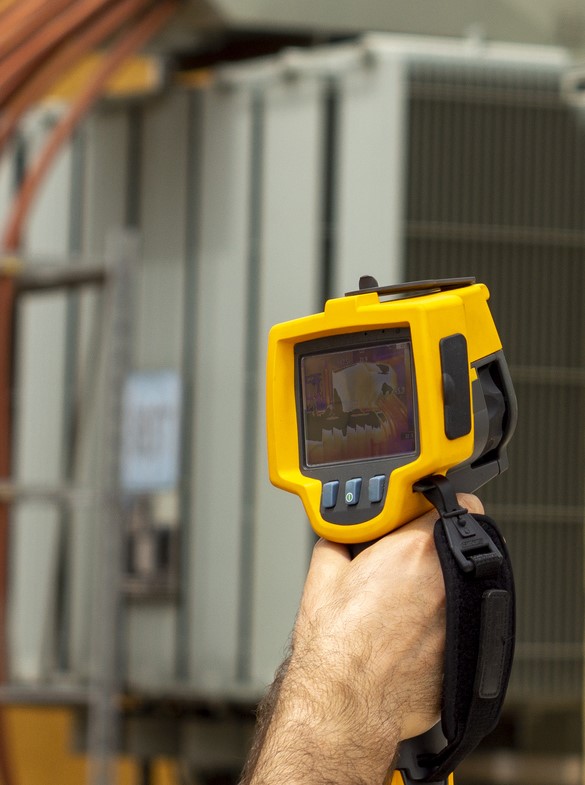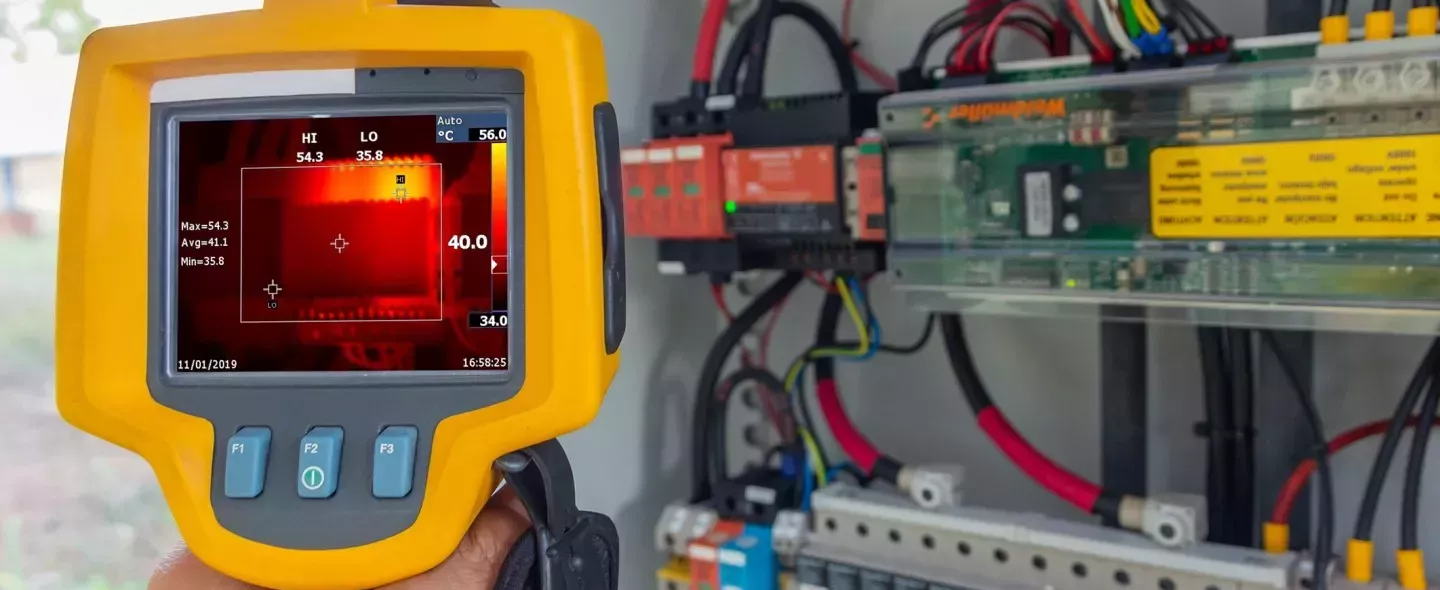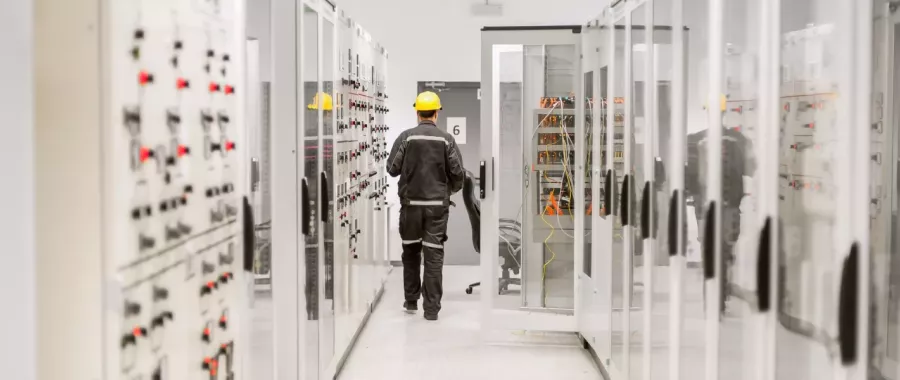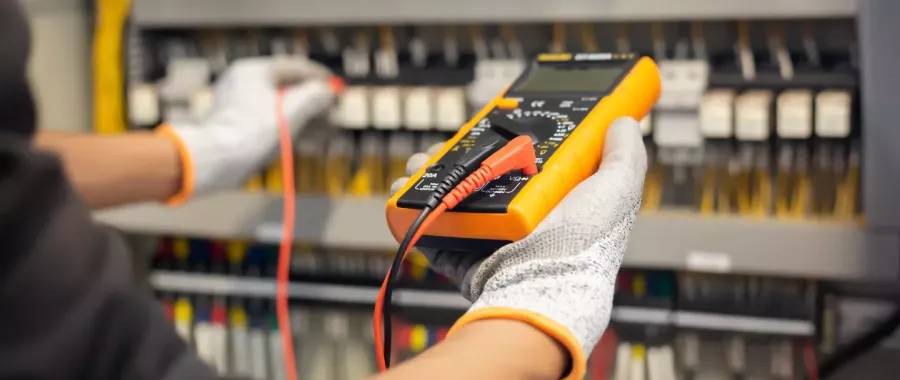An inspection using thermography makes so-called 'hotspots' in the components and connections of electrical equipment visible. They can be an indication of (impending) problems, caused by faulty wiring, connections or conductors, jeopardising your operational continuity.
Thermography
If we form an image of the objects around us and look solely at their temperature, we obtain a so-called thermal image. And we call this thermography. The graphic representation of such a thermal image is called a thermogram.
All objects emit infrared radiation. This radiation can be measured using an infrared camera. Infrared light is light that is not visible to the human eye but is felt as heat. Since an inspection using thermography actually looks at light, it can be carried out without contact and therefore often during operation, so without any unnecessary loss of production.

Talk to our experts
The role of electrical inspections

Want to know more about this inspection?
Want to know more about how much an inspection costs?
This inspection can also be carried out within the SCIOS certification scheme. For more information about this, please refer to the SCIOS scope 8 inspection.






